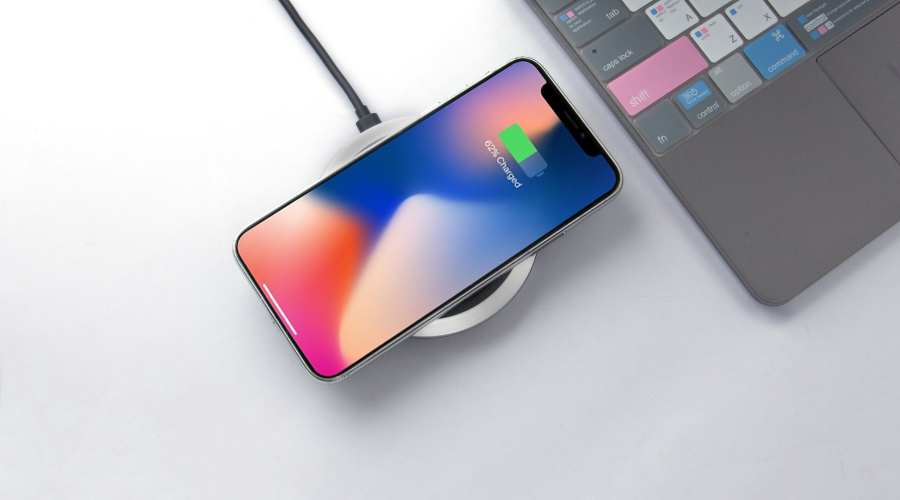
Charger
Japanese Name
じゅうでんき
juudenki
Description
- A charger is a device used to supply electrical energy to rechargeable batteries in electronic devices, such as smartphones, laptops, and tablets. It converts electricity from a power source into a suitable form to safely charge the device’s battery.
History
- 1800s: The concept of charging batteries began with the invention of the voltaic pile by Alessandro Volta in 1800. This was the first chemical battery capable of producing a steady electric current.
- Early batteries were quite large and inefficient, and they required manual methods for recharging. The process was labor-intensive and impractical for most people.
- In the early 1900s, the development of rechargeable batteries, particularly the lead-acid battery, began to change how power was stored and replenished. These early rechargeable batteries were commonly used in automotive applications and required specific chargers to maintain them.
- 1912: The first electric vehicle (EV) chargers were developed to keep the lead-acid batteries in early EVs charged.
- 1970s: The first compact rechargeable battery chargers for consumer electronics began to appear, with many now offering universal charging methods for a variety of devices.
Learn more Japanese words?
Play our free typing game and master Hiragana & Vocabulary in a Zen atmosphere. 🍵
🎮 Play Game